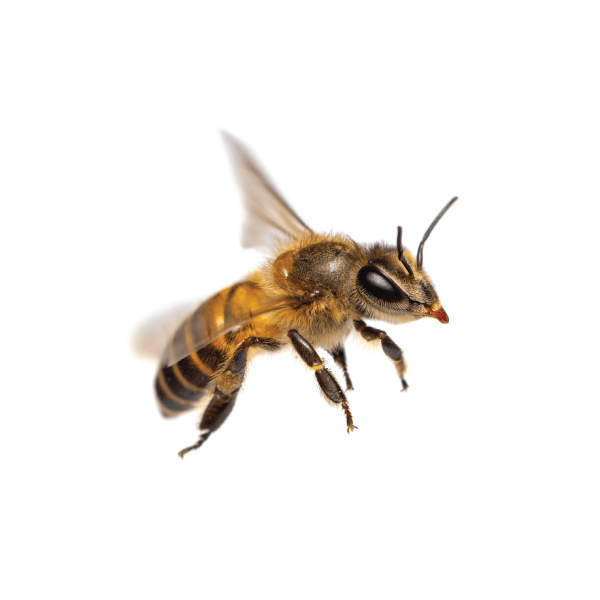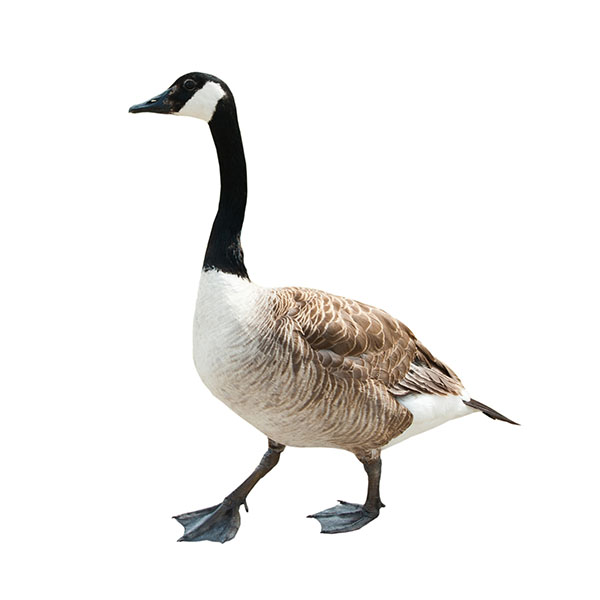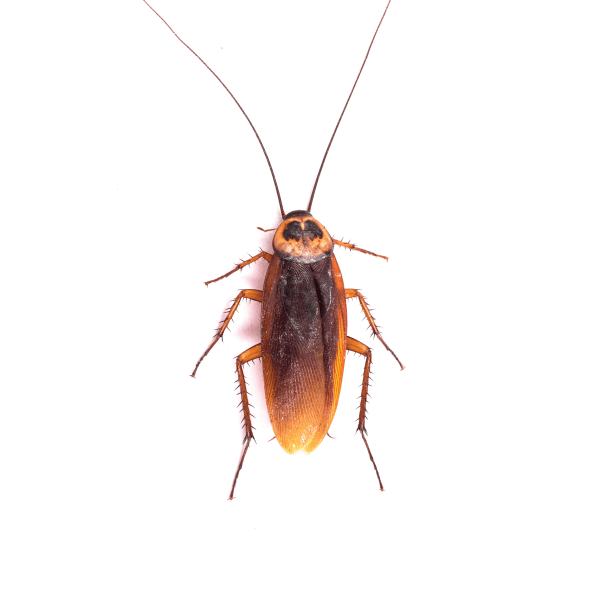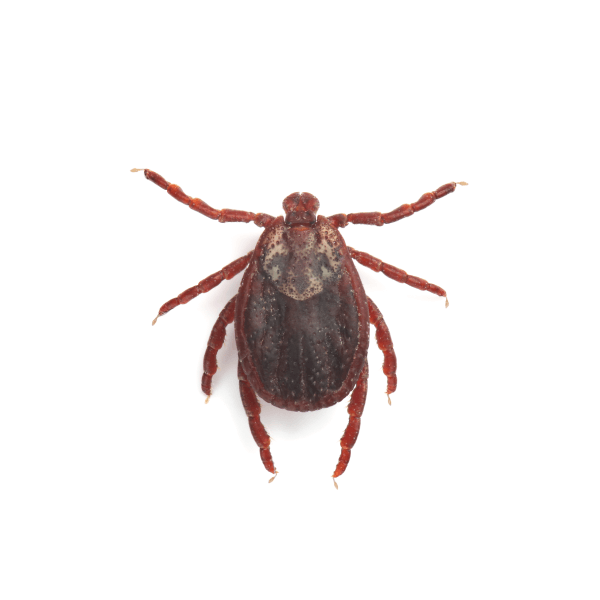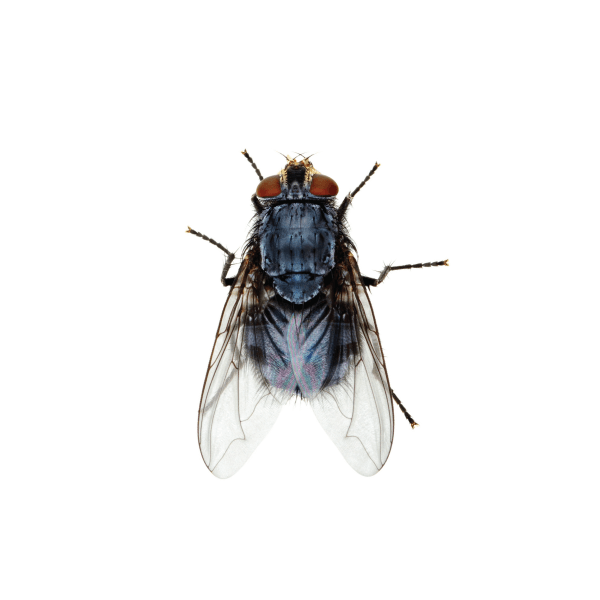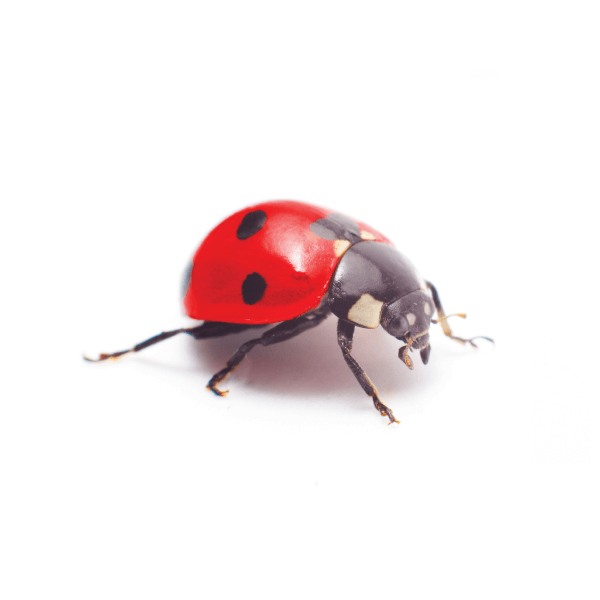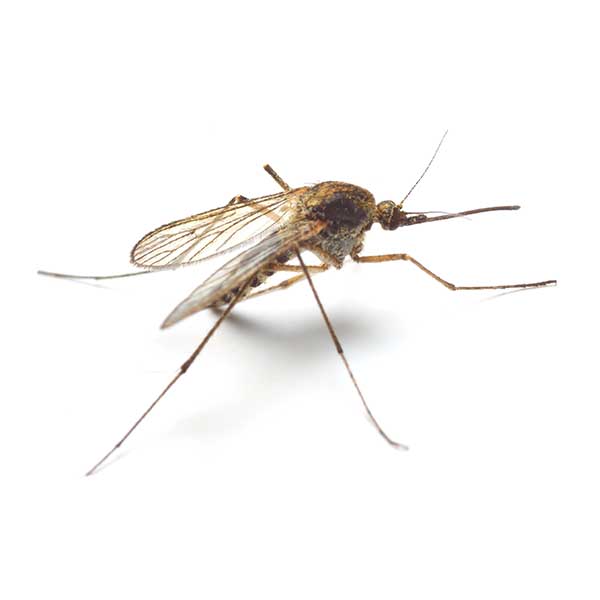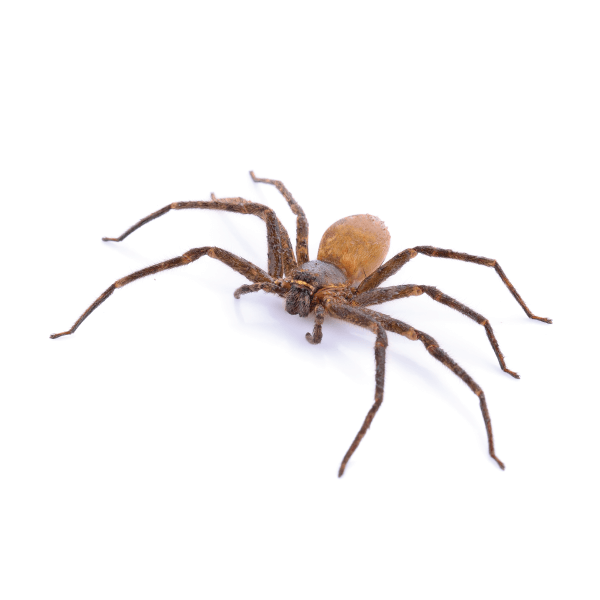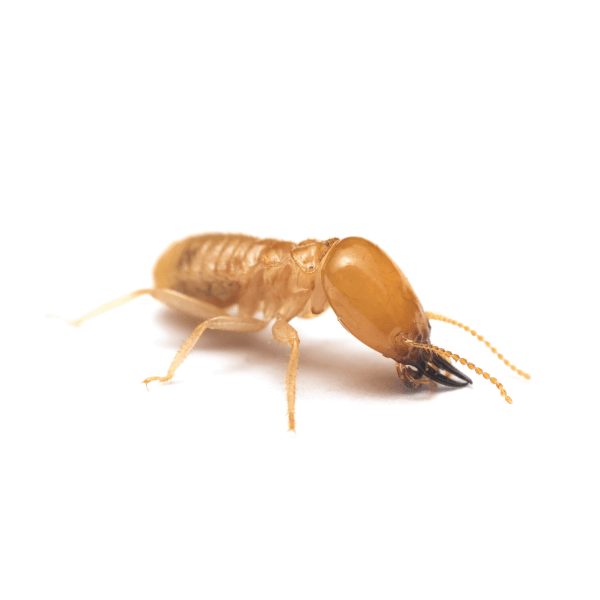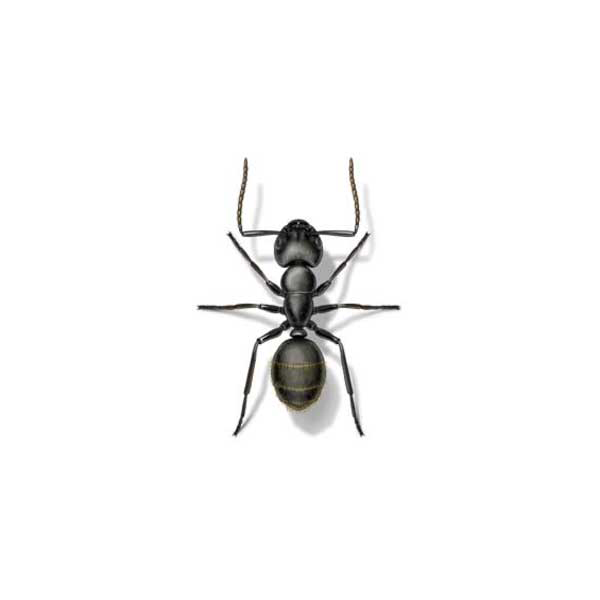 Ants
Ants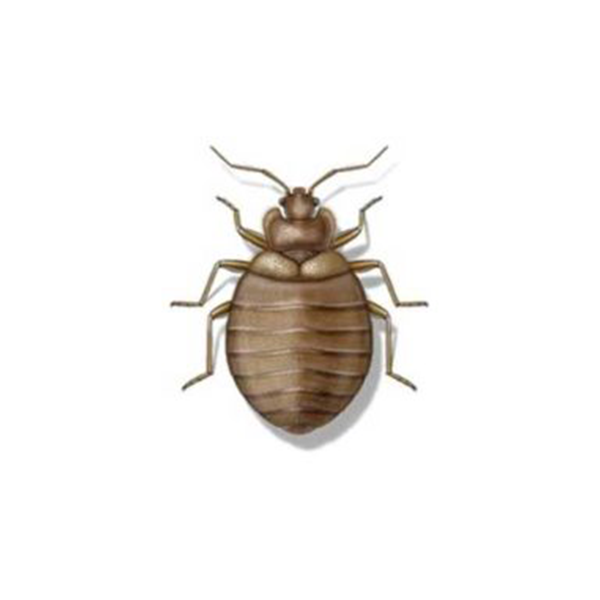 Bed Bugs
Bed Bugs Bees, Wasps & Hornets
Bees, Wasps & Hornets Birds
Birds Cockroaches
Cockroaches Fleas, Ticks & Mites
Fleas, Ticks & Mites Flies
Flies Insects
Insects Mosquitoes
Mosquitoes Rodents
Rodents Spiders
Spiders Termites
Termites
Pest Identification Library in Ohio
Serving Cleveland, Lorain, and Euclid
Westlake | Painesville | Independance
Akron | Sandusky | Strongsville
Home » Pest Identification Library

